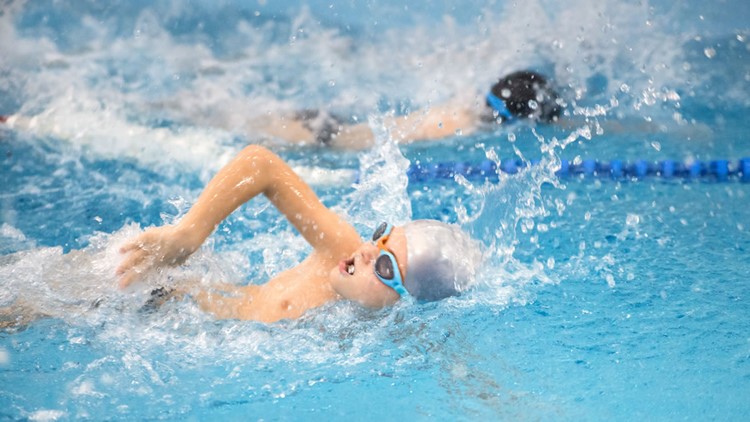NEW ORLEANS — It’s estimated in the U.S. that five million young athletes compete on high school swim teams – with an additional 336,000 competing on club teams. The National Collegiate Athletic Association (NCAA), says between 2015-2016, 22,000 college swimmers were participating in competitive leagues. Master-level swimmers, who may reenter to compete in the sport at an older age, number about 65,000.
According to Swim-Training Volume and Shoulder Pain Across the Life Span of the Competitive Swimmer: A Systemic Review, which appeared in the January 2020 issue of the Journal of Athletic Training, “injuries in competitive swimming primarily arise from repetitive strain and microtrauma. This is not surprising when one considers the amount of swimming to which the athletes are exposed.”
The investigators from the Department of Rehabilitation Sciences and Physiotherapy, Faculty of Medicine and Health Sciences, University of Antwerp, Belgium, and the Department of Physical Therapy, Arcadia University, Glenside, Pennsylvania, note that, “because of these demanding and time-consuming training programs, competitive swimming has essentially developed into a year-round intensive sport, with athletes at young ages focusing solely on swimming.”
It’s also pointed out that in 10 to15-year swimming careers swimmers often practice 5 to 7 days per week and sometimes twice daily, which led to overtraining and increased the risk of soft tissue injury, pain, and dissatisfaction. Shoulder pain is particularly frequent - with prevalence rates reported as high as 91%, is a major cause of missed practice.
These researchers sought to determine, if there was a correlation between a specified amount of swim training and shoulder pain in competitive swimmers, by examining relevant studies within PubMed, Web of Science, and Medline.
It was determined that 12 studies met the qualifying criteria, as grouped by age: young (less than 15 years old), adolescent (15-17 years), adult (18-22), and masters (23-77).
Based on the data of this first-of-a-kind analysis, the researchers concluded that “evidence suggests that swim-training volume was associated with shoulder pain in adolescent competitive swimmers.”
As for recommendations, it was stated that “year-round monitoring of the athlete's swim training is encouraged to maintain a well-balanced program. Developing athletes should be aware of and avoid a sudden and large increase in swimming volume.
It was also pointed out that additional research is necessary to determine cutoff values, in order to make data-based decisions regarding the influence of swim training.”
From my own experience helping both high school and collegiate swimmers, especially female athletes, there is a consistent anterior (front) shoulder dominance resulting from the volume of overhead, forward strokes - with inadequate posterior shoulder stabilization exercise during the dry land training.
In other words, if your throw, hit, or swim forward, you need to train in reverse to rebalance the shoulder to reduce the risk of unnecessary shoulder injuries. Be sure to check out maxwellnutrition.com – a science-driven, wellness content & nutritional supplement platform – where you will be able to see important, timely nutrition research and order, with direct shipping, the highest bio-available nutrition supplements, made in the United States.



